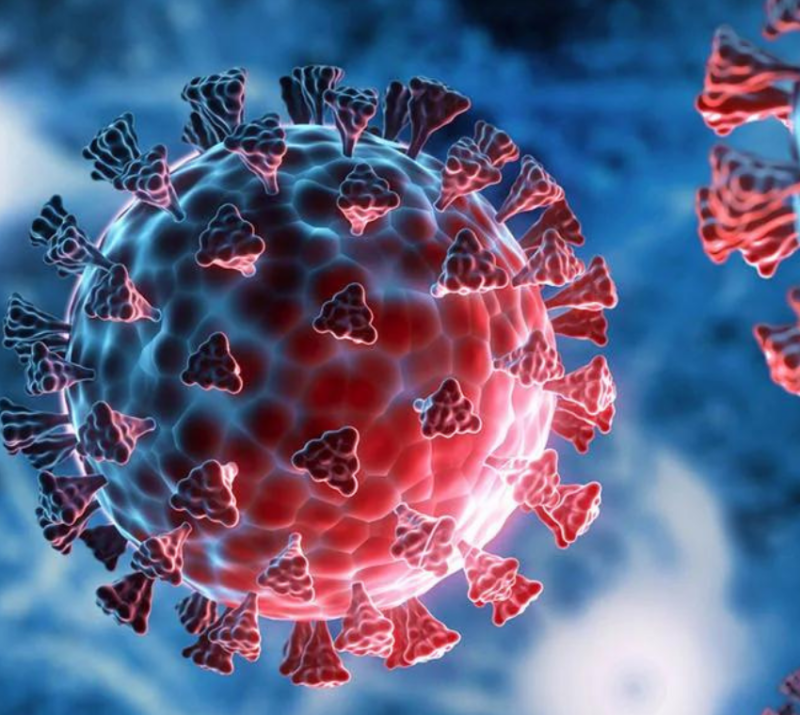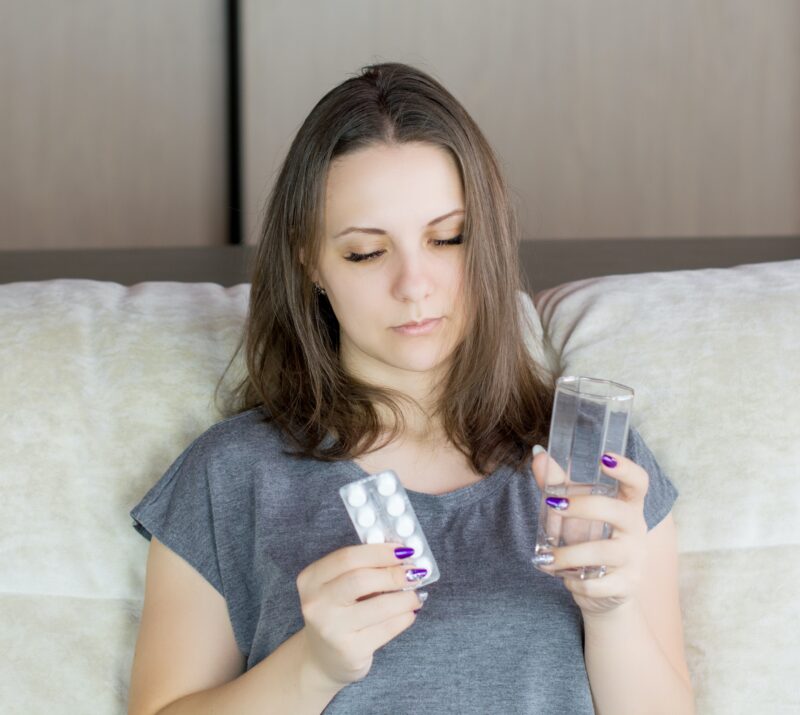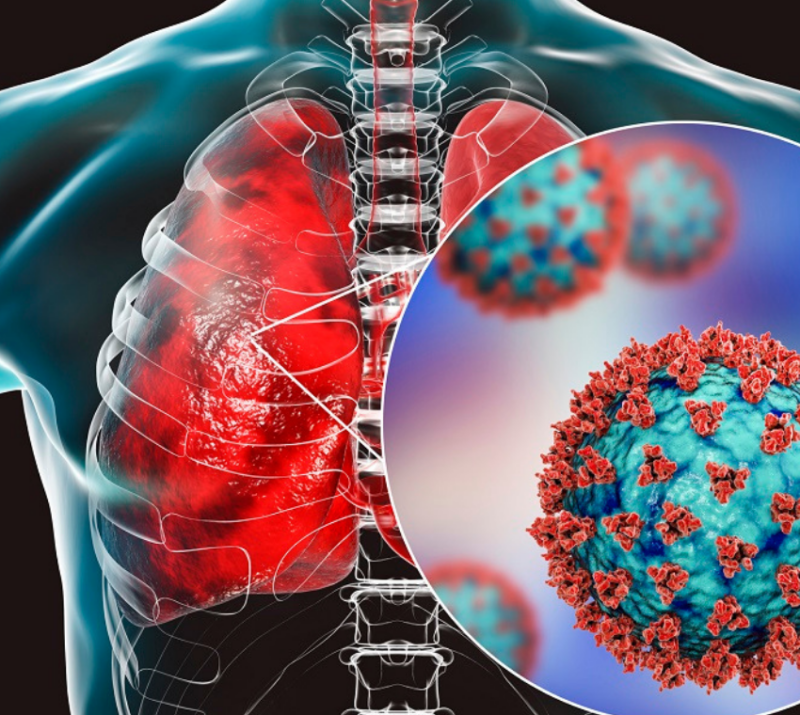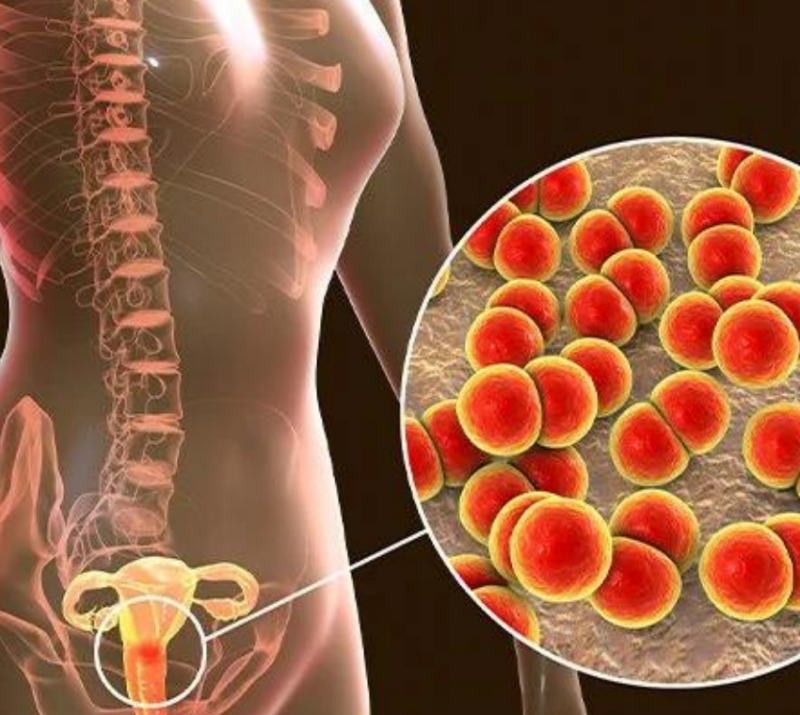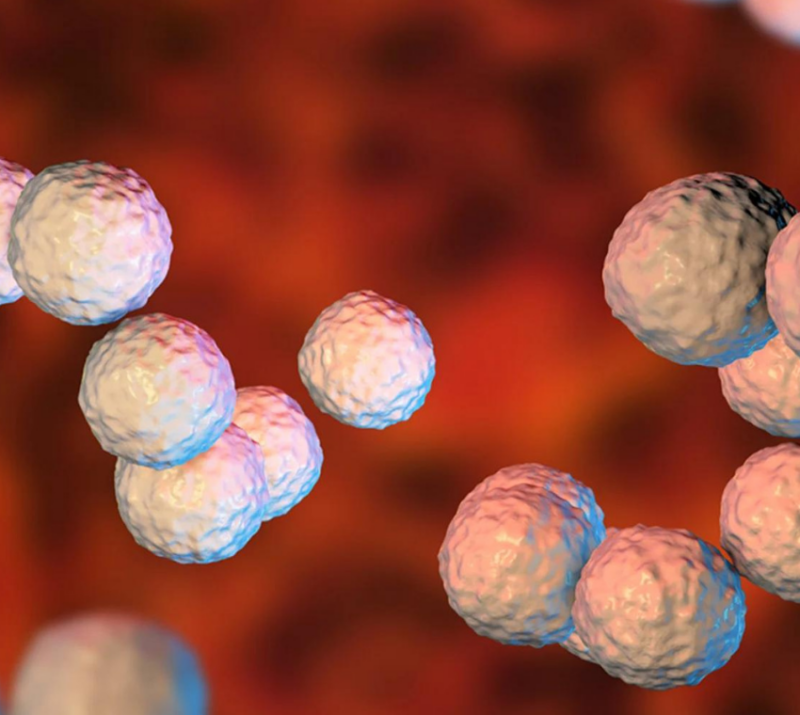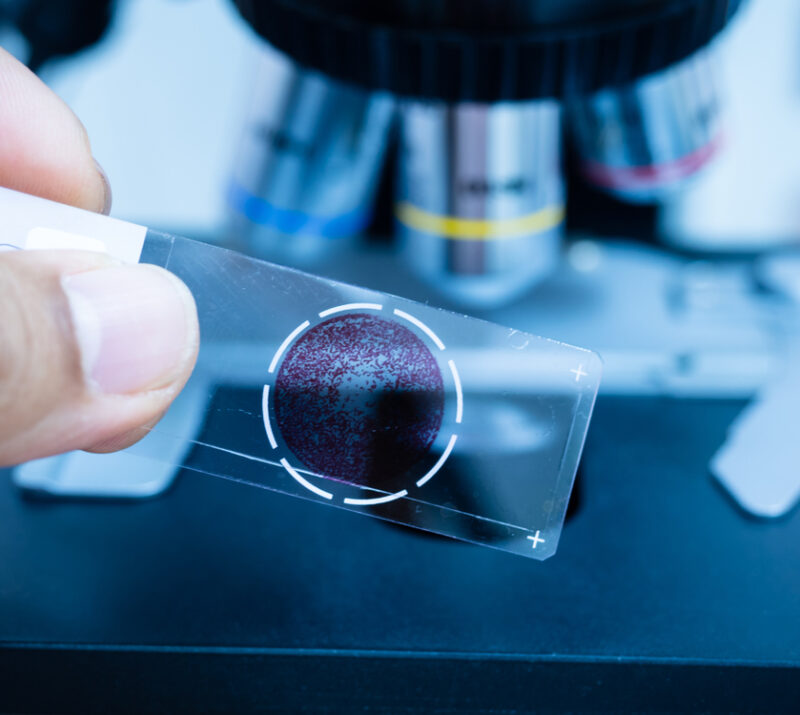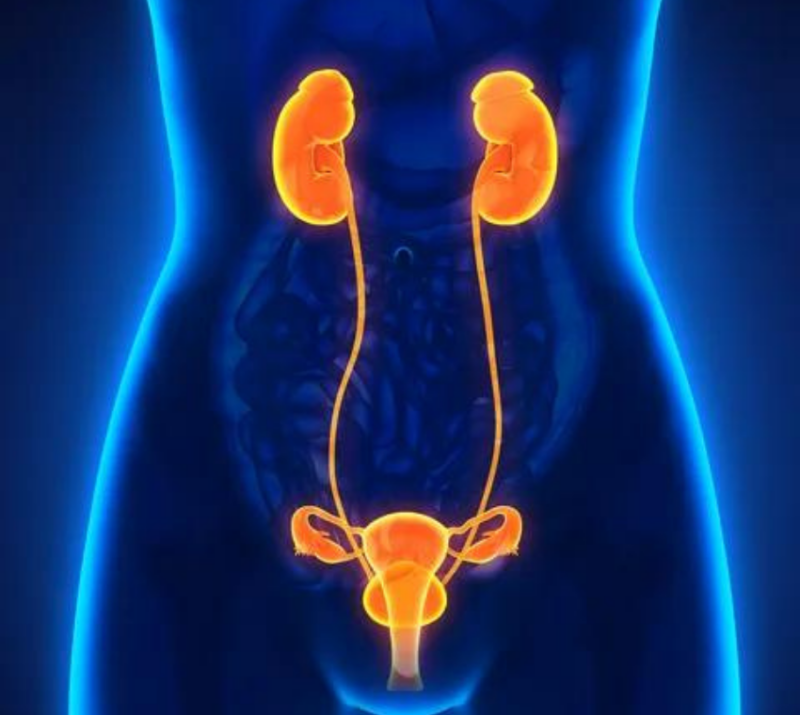01
A number of human pathogens are fastidious (e.g. grow poorly or only under very specific conditions) or do not grow at all with accepted techniques, but are readily detected by our panels because molecular techniques are not dependent on microbe growth.
02
Some pathogens cannot be identified in the laboratory following exposure to ambient collection and transport conditions in the outpatient setting (i.e. anaerobic bacteria, trichomonas vaginalis), but their remnants are preserved by our collection kits so we can readily detect them.
03
Other pathogens are measured directly, but can be missed due to low sensitivity of traditional assays , whereas the amplifying power of PCR makes them readily detectable (i.e. low titers of syphilis).



